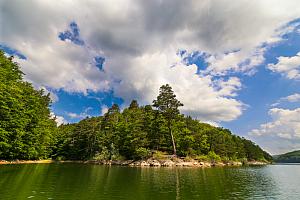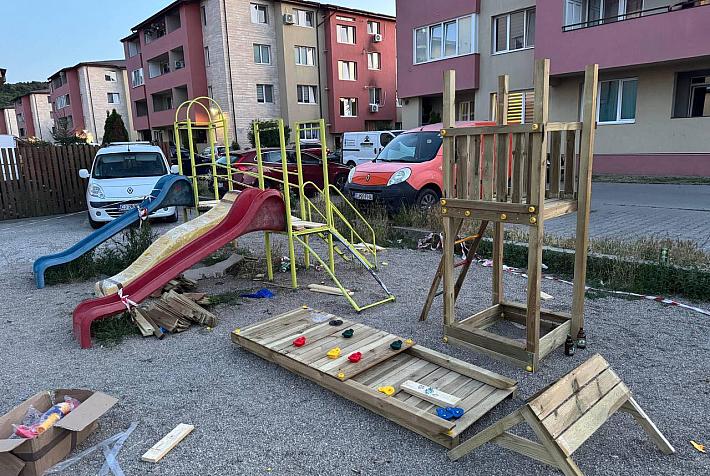Drought turns Romania’s saltiest lake into field of crystals

The lake of Movila Miresei (Bride’s Mound), a tourist attraction until the 1989 revolution, has been turned into a field of crystals by the lack of rain and the high temperatures of the last few months.
Formed in panhole, which is a depression into a flat area, the lake used to cover 160 hectares but was never deeper than half a meter. Nevertheless, rainfall and groundwater maintained the alive lake year after year.
With little rain and groundwater levels at record lows this year, Movila Miresei gave way to a field of salt crystals. Roughly 200,000 tons of water disappeared, leaving behind a few puddles. Experts cited by Antena 3 believe that a rainy autumn or a winter with heavy snow might revive the lake.
Local residents hope that will be the case, as the lake used to be an important tourist attraction before 1989. Despite numerous promises, it was largely abandoned since then. In July, Francisk Iulian Chiriac, head of the Brăila County Council, promised to develop the area and transform it into a small resort, according to Libertatea. Any future plans now hinge on whether or not the lake is brought back to life.
Movila Miresei is not an isolated case. Europe’s largest waterways and lakes have been impacted by what some analysts are calling the continent’s worst drought in 500 years. Nearly 50% of Europe is under a drought warning, according to the European Drought Observatory, and many of the most impacted areas are in Romania.
(Photo source: Nicola Pulham | Dreamstime.com)












